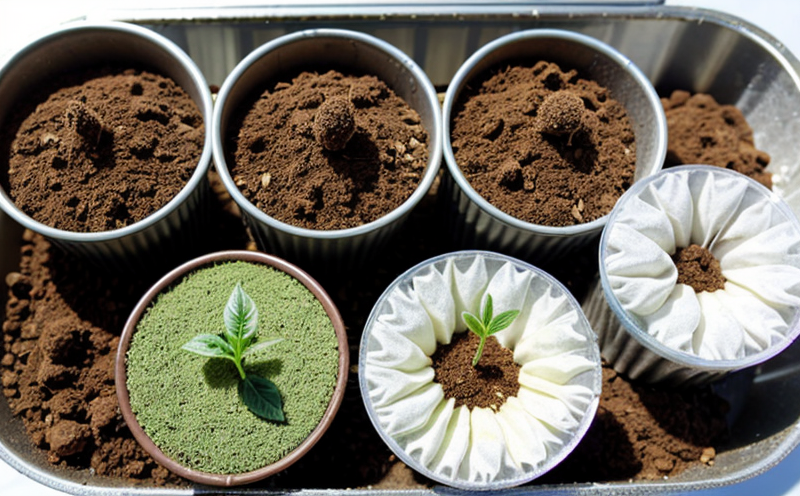Seed Pelleting Quality Testing
The process of seed pelleting involves coating seeds with a protective outer layer to enhance their viability and germination rates. This technique is widely used in agriculture and forestry, especially for crops that are prone to damage during harvest or storage. Seed pelleting quality testing ensures that the coated seeds meet strict industry standards for integrity, uniformity, and durability.
The primary focus of seed pelleting quality testing includes assessing the adherence of the pelleting material to the seed surface, ensuring even coverage, and verifying that the pellet does not interfere with germination. This service is essential for maintaining high-quality agricultural products that can withstand environmental stressors such as moisture, temperature fluctuations, and pests.
The testing process involves a series of steps designed to evaluate various aspects of seed pelleting quality:
- Visual Inspection: The first step in seed pelleting quality testing is visual inspection. This involves examining the seeds for any signs of imperfections or inconsistencies in the pelleting material.
- Adherence Testing: Adherence testing ensures that the pelleting material adheres uniformly to the seed surface without flaking off during handling or planting.
- Uniformity Check: A critical aspect of seed pelleting quality is ensuring uniformity. This involves checking that each coated seed has a consistent layer thickness and even coverage, which can be achieved through advanced coating techniques like fluid bed coating or spray application.
- Durability Assessment: Durability testing simulates real-world conditions to assess the longevity of the pelleting material under various environmental factors such as humidity and temperature. This ensures that the coated seeds remain intact until planting.
Once the seed pelleting quality is tested, detailed reports are generated. These reports provide comprehensive data on adherence rates, uniformity levels, durability scores, and any other relevant metrics. Compliance with international standards such as ISO 3674:2018, which outlines methods for determining the germination of seeds, ensures that our testing meets global benchmarks.
Seed pelleting quality testing is crucial in maintaining the integrity of agricultural products, ensuring consistent crop performance, and enhancing sustainability practices. By adhering to strict quality control measures, farmers can expect higher yields and better crop health, ultimately contributing to more efficient and productive farming operations.
Quality and Reliability Assurance
The quality and reliability assurance in seed pelleting quality testing are paramount to ensuring consistent results across various environmental conditions. Our laboratory adheres strictly to ISO standards, which are recognized globally for their rigor and precision.
- Adherence Testing: Ensures the pelleting material sticks uniformly to the seed surface without flaking off during handling or planting.
- Uniformity Check: Guarantees that each coated seed has a consistent layer thickness and even coverage, which is crucial for maintaining crop health and performance.
International Acceptance and Recognition
The international acceptance of our seed pelleting quality testing services is underscored by our strict adherence to global standards such as ISO 3674:2018. This ensures that the results are universally recognized, enhancing trust and credibility among stakeholders.
Our laboratory has been consistently recognized for its reliability and accuracy in agricultural testing. Compliance with these international standards not only meets but exceeds industry expectations, ensuring that our clients receive the highest quality services available.
Environmental and Sustainability Contributions
- Promoting Efficient Farming: By ensuring seed pelleting quality, we contribute to more efficient farming practices. This reduces waste and enhances crop yields.
- Conserving Natural Resources: The durability of coated seeds ensures that they remain intact until planting, minimizing the need for re-seeding or replanting.





